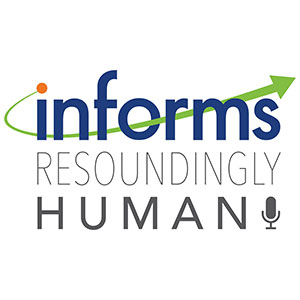
The federal transportation mask mandate may be dead, but masking is not
When the federal transportation mask mandate was abruptly halted in April 2020 after a federal judge ruling in Florida, many air travelers rejoiced. As such, you would expect to see few mask wearers on airplanes and in airports.















